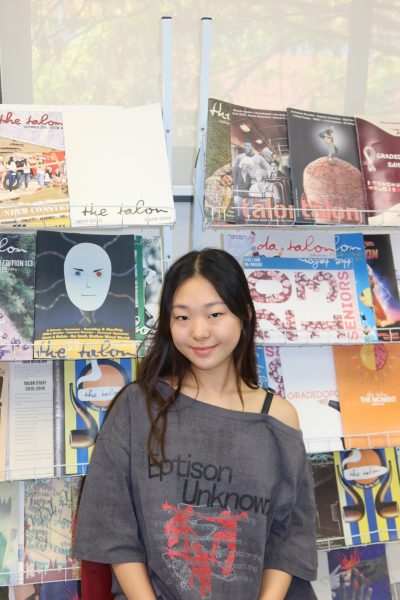Minority Market
I’ve watched Asian representation in the media go from minor side characters like Musa in Winx and Silvermist in Tinkerbell, to full-Asian-cast big-budget movies like Crazy Rich Asians and Shang-Chi. To be able to have more than one token Asian character is really cool, to say the least, and does signal that some progress has been made in the diversification of media representation we see. In fact, it almost feels surreal to me, having grown up watching mostly white people on screen. I see this applying to other minorities outside of the Asian, or more specifically Southeast Asian, community as well such as African Americans, the LGBTQ + community, and women all enjoying more screen time in cinemas and movie theatres. Diversity and representation are great; not only does it allow companies to profit off of work that has a large audience, but it also serves as a great outlet to understand the world we live in. But what happens when companies go from marketing to minorities to marketing minorities?
The new trend in Gen-Z culture has been embracing one’s heritage and learning more about others’ cultures and stories. You see it on the news, whether good or bad, all the time as a “woke” culture. As someone who aligns themselves with such beliefs and ways of life, I find it really hard to criticize the diverse media made by some major entertainment companies. By criticizing the way in which people interact with foreign cultures through media, it often is misinterpreted as if you are (accidentally) supporting xenophobic views. However, we cannot grow without criticism, nor without feedback.
So let’s talk about cultural appropriation and how there’s a misconception about how it impacts minorities. Cultural appropriation is defined as “the inappropriate or unacknowledged adoption of an element or elements of one culture or identity by members of another culture or identity.” The awareness of cultural appropriation has changed what is and what is not appropriate to do with cultural items, such as clothing and hairstyle, in contemporary society. No longer are people allowed to take accents, phrases, clothing, or hairstyle for themselves without first understanding the weight they come with.
The thing is, cultural appropriation can get misinterpreted to be representation. For instance, Hollywood constantly uses culture as an “aesthetic” background for their white protagonist. It reduces lives to a background for their white protagonist to play on. Somewhere for them to experience. Cultural appropriation, then, can stem from when powerful and privileged people and/or corporations use minorities for profit oftentimes wrongly portraying the history, heritage, and stories. This includes generational grief, fears, and pain. As well as the joys and memories central to communities. As an Asian woman who has to sit through this portrayal of Asian culture, there is nothing more frustrating than people profiting off of things that minorities have their life endangered by. There’s not a day I can forget about how much more likely I am to be sex trafficked due to being perceived as exotic and subservient yet this aesthetic is constantly exploited. I am sure that applies to other minorities as well.
It’s undeniable that ‘the new’ is exciting. In this case, the ‘new’ is the media transition from the use of black people and black culture to the implementation of Asian TV stars. And yet, this practice isn’t new at all: companies will and are continuing to view minorities and everything that represents them as commodities for as long as they are profitable. I’m not saying that others, through the movie industry, cannot appreciate culture simply due to the fact that it is making a profit off minorities’ images. In fact, the world we live in does not allow most things to survive unless it’s profitable. Art will die when people’s interest in it dies. However, I hope we can all be more vigilant of the ways in which we consume media, ensuring that we view to understand and learn, not criticize and imitate. Furthermore, we need to start the conversation on how to openly critique inaccurate explorations of identity while still pushing for more diversity and different stories. Everything should be subjected to some sort of analysis, however, I believe it should come from a place of waiting for the world to be a better place. The decision on what is and what is not appropriate or harmful may vary. It’s important to be informed in all areas of thought you don’t know and stand firm in your own thoughts without being swayed. This goes for everything; an essential part of any eagle’s future. Critical thought and the ability to be brave and stand up for what’s right are important parts of Graded’s core values. Though this is a decision where there is no clear answer, we can try to pursue the best one. So try your hardest. For the world, for others, and for yourself.

In her last year with The Talon, Editor-in-Chief Skerry is ready to take on anything. Now a Talon veteran, she hopes to tackle new topics and new people...










